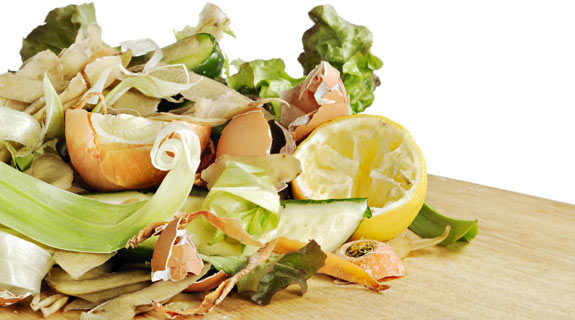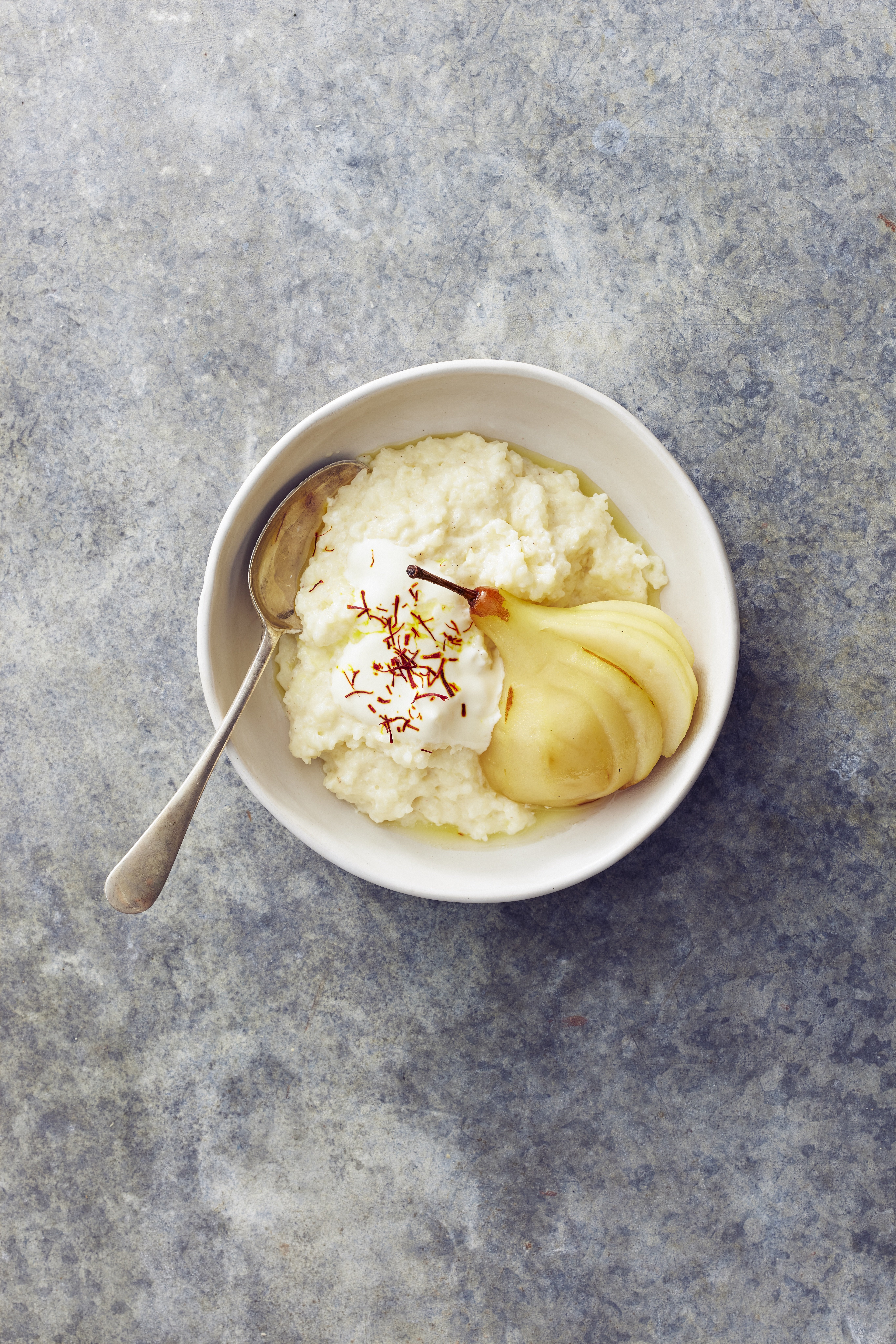Here’s how to compost: put your organic waste in a pile, and wait … then wait some more. But if you want fly-free, smell-free, hassle-free compost in only a few short months, there’s more you should know. Sarah Heeringa spills the dirt
Composting is like baking a cake. Mix together the right combination of ingredients and out comes moist, rich soil. Okay, it’s kind of a gross cake. Read on to learn about the three most popular ways to compost, and how to troubleshoot common problems
Composting is all good. It recycles organic garden material (like grass clippings), food scraps and paper, turning waste into valuable humus that restores depleted soil. It reduces the harmful effects of organic waste in landfills—water pollution, bad smells and build-up of the potent greenhouse gas methane. It saves the country money by reducing kerbside rubbish and the need for landfills, and it saves us money by helping our plants grow without chemical fertilisers.
Worried it might be a hassle, take up too much space, smell bad or attract flies and other nasties? A load of rubbish! There’s a composting system to suit just about everyone—and done right, the snags can be avoided. The question is, which kind of composter are you?

Trash heap
The traditional Kiwi way to compost involves piling organic waste into a bin, or even simpler, a heap.
Micro-organisms, worms and insects convert the organic material into a soil-like substance, which can then be used in the garden as a fertiliser and soil enhancer.
Composting in a heap or bin can take between two and 18 months, depending on the method used, what gets put into the bin, the time of year and how often the material is turned.
ARE YOU A HEAP OR BIN COMPOSTER?
Large, open bins are ideal if you have lots of garden waste. Smaller, enclosed bins are good for households with lots of food scraps. Bins come in all sizes and styles—buy one ready-made or make your own.
| GREEN | BROWN | LEAVE IT OUT |
|
Food scraps Manure Fresh grass clippings Weeds without seeds Dry leaves Vegetable scraps Seaweed Coffee grounds |
Tree prunings Egg cartons Torn newspaper or cardboard Wood ash Tea leaves and bags Bark Untreated sawdust Thin twigs and sticks Crushed shells |
Meat, fish, bones Oil, fat Non-organics such as tin, glass or plastics Untreated invasive weeds Large amounts of pine needles or gum leaves Sticks thicker than your finger Diseased plants Bamboo, flax or cabbage tree leaves |
HOW TO DO IT
- To work properly, your compost heap needs to reach temperatures between 30°C and 60°C, so pick a warm, sheltered spot. Avoid conflict with neighbours by keeping it away from the boundary or anywhere it might cause annoyance.
- To work properly, your compost heap should be at least one metre high, wide and deep.
- Cover your bin with a fitting lid, or your heap with old underfelt or a tarpaulin. Keep rodents out by cutting a piece of chicken wire larger than the bin base. Place it on the ground underneath the bin and fold approximately 10cm up the sides.
- Start with a layer of coarsely chopped twiggy, woody material on bare soil or grass. (Run the lawn mower over garden waste for instant mulch.)
- Alternate layers of green matter (nitrogen-rich) and brown matter (carbon-rich). If you can’t be bothered layering, just make sure there’s a mixture of green and brown matter. Smaller pieces compost faster.
- Compost activators (available at most garden centres) typically contain a natural nitrogen or bacterial enzyme that will speed up the process.
- Compost needs warmth, water and air. Dig in the centre to see if it’s warm. It should be moist rather than wet—add more water if needed.
- Once your heap is a metre high, you can stop adding to it and start another one. If you are using bins you can start again with a new bin, or whip off your bin and reuse it, putting a cover over the original contents.
- Use a pitchfork every week or two to aerate the heap and speed up decomposition. If well maintained and turned often, compost can be ready in as little as six to eight weeks. If left alone, it will be ready in 12–18 months.
- You’ll know your compost is ready when it’s dark and crumbly and you cannot distinguish the original ingredients. Dig your compost directly into your garden or use it in pot plants.
TROUBLESHOOTING
| PROBLEM | CAUSE | SOLUTION |
| Slimy heap | Not enough air Too wet Too much nitrogen | Turn heap Add brown material |
| Smelly heap | Meat, fish, bones and cooking oil Pet poo | Add brown material to cover food scraps Sprinkle on lime and/or untreated wood ash |
| Materials not decomposing | Heap too small Not enough heat Materials in heap too large | Increase size of heap Add green material and water Chop materials into small pieces |
| Pests attracted to heap (flies, cockroaches, rats, mice) | Wrong food added Bin not rodent proof | Don’t use meat, bones or fish Bury scraps in the centre of the heap Rodent proof your bin |
| Fruit flies | Heap too acidic | Add some lime to heap |
| Ants | Heap too dry | Add water and lime |
| Other ‘mini-beasts’ (beetles, worms) | Not a problem—creatures are essential to the composting process | Value the work they do! |
Green or brown?
Organic matter for composting falls into two basic groups: green matter (nitrogen-rich and wet) and brown matter (carbon-rich and dry). The best compost is made by alternating layers of each. In theory anything organic can be composted, but some things are best avoided. To kill most weed seeds and pathogens, compost needs to be regularly turned and reach temperatures of around 55°C for 15 days or more—but most back-garden compost heaps don’t get this hot.
Oil and fat can be smelly and also displace water which slows down the composting process.
Cat and dog faeces are best composted separately, because they contain potentially harmful bacteria. But other animal manure, especially from herbivores such as sheep, cows, horses and rabbits can be added for extra kick!
Worm love
Worm farming follows the same principles as composting,  but instead of generating heat, micro-organisms and worms digest the scraps. Worms excrete vermicast and worm tea—substances with high levels of nitrogen, phosphorous and potassium. Vermicast also promotes plant leaf growth, root and stem strength as well as the setting of flowers and fruit.
but instead of generating heat, micro-organisms and worms digest the scraps. Worms excrete vermicast and worm tea—substances with high levels of nitrogen, phosphorous and potassium. Vermicast also promotes plant leaf growth, root and stem strength as well as the setting of flowers and fruit.
ARE WORMS FOR YOU?
Worm farms offer all the benefits of regular composting, as well as generating the very useful casts and worm tea. Plus, kids enjoy them. Worms are ideal if you have mostly kitchen waste and live in a home with little or no outdoor space.
There are different types of worm bins available, priced from $20 to $200. Some are made locally using recycled plastic. Bins generally have two or three layers; you can sometimes add extra layers to increase capacity. Alternatively, make your own worm bin out of large buckets, tyres or an old bath (see good.net.nz/worms).
| WHAT WORMS LIKE | WHAT WORMS DON’T LIKE |
|
Most fruit and veggie scraps Coffee grounds and tea bags Aged horse manure Dirty paper Crushed eggshells Vacuum cleaner dust Hair |
Spicy food, chilli, onion or garlic Meat and milk products Flour products Large amounts of cooked food Garden waste Shiny paper Citrus and other very acidic food |
HOW TO DO IT
- Choose a site sheltered from the sun, wind and rain. Carports or porches are ideal. Worms are photophobic—they need air, but not light. They also need a moist environment. They cannot tolerate very hot or cold conditions (10°C to 30°C is okay).
- Use a layer of bedding first, such as hay, coconut fibre, shredded cardboard or paper. The bedding should be damp and porous. Add tiger worms or red worms: 1,000 (250g) are fine; 2,000 are even better.
- Add food, covering scraps with damp newspaper or cardboard. Worms can consume their own weight each day (250g of worms need about 200g of food). They’ll eat almost anything. Keep scraps to 2cm or smaller and don’t overfeed—uneaten food will get smelly and attract flies.
- When one layer is full, add another layer to your worm farm, placing it on top of the old one. Then add bedding and more food scraps, as before. The worms will migrate slowly to the upper food layer.
- Harvest the vermicast after a few months. The bottom layer contains the casts. It is ready when few worms can be seen. Remove worm tea from the bottom level and dilute to the colour of weak tea, usually about 1:10.
TROUBLESHOOTING
| PROBLEM | CAUSE | SOLUTION |
| Rotting food | Too much for population | Feed less and in smaller pieces |
| Fruit flies around farm or small white bugs and worms | Too acidic | Cover food with damp paper and add lime to increase pH |
| Worms climbing up sides or very fat and pale worms | Too wet | Add paper products and dry leaves. Gently fork holes in the working layer |
| Ants | Too dry or acidic | Add water and lime. If your worm farm is on legs, place each leg in a container of water to stop pests getting in Bury scraps in the centre of the heap Rodent proof your bin |
| No worm tea | Not enough water | Add water |
Get pickled

Bokashi was developed in Japan and means ‘fermented organic matter’. It’s a simple two-bucket system—the top bucket has a tight-fitting lid and holes in its base to drain to the lower bucket. Bokashi uses a special anaerobically active additive called Compost-Zing, which pickles the food scraps. It’s made from wheat-bran, untreated sawdust mixed with molasses, water and micro-organisms.
ARE YOU A PICKLER?
Bokashi buckets can be kept indoors and don’t smell bad—making them ideal for small houses, apartments, workplaces and schools. The system allows you to process meat and fish, which can cause problems in regular compost. It’s fast, taking just two to four weeks.
You can make your own system using old, clean buckets or paint tins. Drill holes in the base of the top bucket and sit it inside the other one. An airtight seal is very important. For more about Bokashi, go to www.bokashi.co.nz.
HOW TO DO IT
- Spread 1 tbsp of Compost-Zing in the bottom of your bucket.
- Tip well-drained food scraps in the bucket and add 1–2 tbsp of Compost-Zing. Each time you do this, push the food down to release any air and close the bucket’s lid.
- Drain off any juice collecting in the bottom bucket. Use this juice (the day you collect it) to clean out drains, or in diluted form, as fertiliser.
- When the bucket is full, close the lid and put it in a warm place out of direct sunlight for about 10–14 days. When the mix smells sweet-sour like pickles, it can be used in the garden.
- Dig your pickle mixture into some dirt and cover over with a thin layer of topsoil. After four weeks it will be indistinguishable from the other soil.
TROUBLESHOOTING
| PROBLEM | CAUSE | SOLUTION |
| Mould growing in your full bin of fermenting waste | Too much air |
Sprinkle a layer of Compost-Zing over waste, cover with a plastic bag liner, tucking in sides before putting on lid for an airtight seal |







